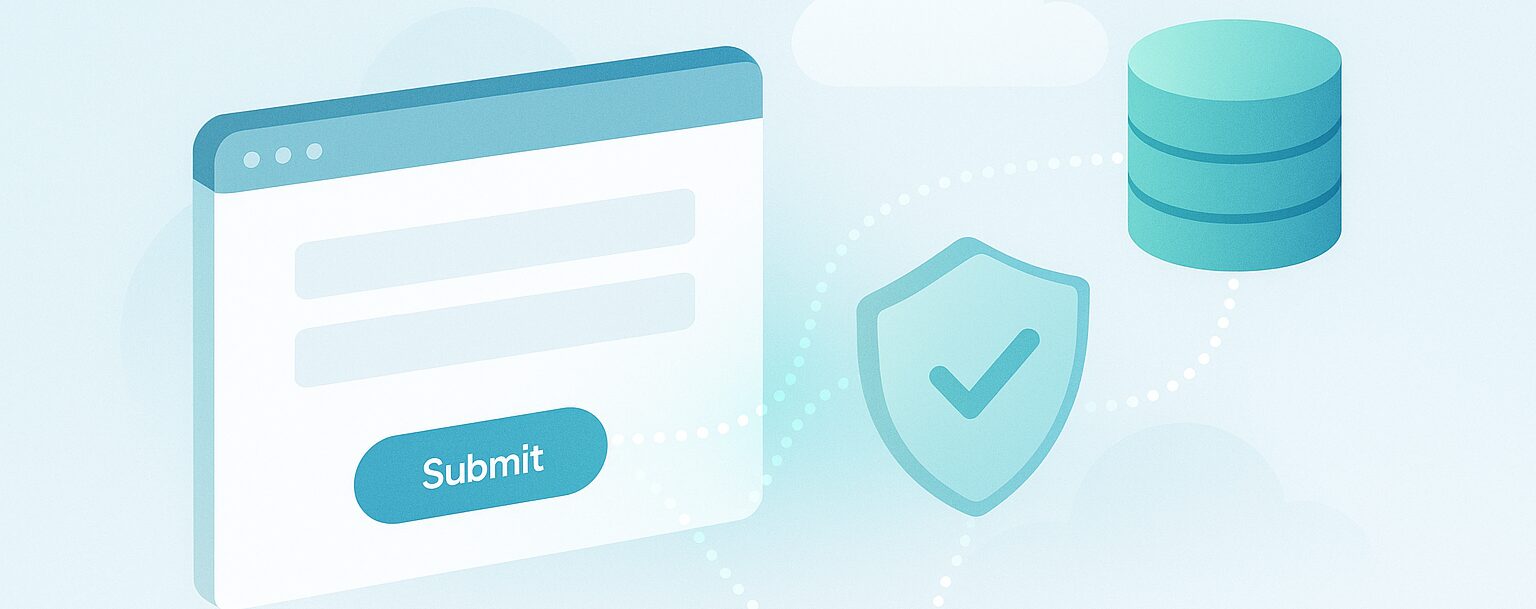Value propositions should win the day. That myth pervades B2B marketing. The messages — written, spoken, or imaged — aim to show the benefits of the company’s products, either goods or services. Alas, while humans are rational, they also act using other human traits in addition to reason.
Behavioral Science delves into the entire decision-making process for individuals. Organizations are even more complex. Decisions are influenced by many and often made by more than one person. Even if there is a single decision-maker, marketers do not know that person, only a persona that identifies that person’s industry, geography, job function, and job rank.
Companies have personalities. Some are bold to the point of recklessness. Others are conservative to the point of rigidity. Most lie in between these extremes.
Can Behavioral Science help B2B marketers?
Is it ethical to consider decision-making factors other than rationality? Is it manipulative to convince companies to buy products that appeal to faculties other than reason?
Origins and Tenets of Behavioral Science
Behavioral Science has many definitions and stories of its origin going back to the beginnings of psychology and psychiatry and even earlier. The term itself was first used in 1937 with the following definition: “a branch of science (such as psychology, sociology, or anthropology) that deals primarily with human action and often seeks to generalize about human behavior in society” (reference 1). Today, many academic departments include this term along with psychiatry.
According to Bob Apollo, Fellow at the Association of Professional Sales, the major results of Behavioral Science show these factors contribute to buying decisions (reference 2):
- Status Quo Bias
- Loss Aversion
- Decision Paralysis
- Impact of Early Influence
While Mr. Apollo addresses his findings to B2B Sales, they are equally important to B2B marketing. For example, constant market presence increases the likelihood of becoming the early influencer.
Applying Behavioral Science to Organizations
While the acronym B2B designates business-to-business, organizations of many types market and sell to organizations of many types. These organizations can be companies, academic and research institutions, non-profits, government agencies, cooperatives, associations, and others. Perhaps P2P would be a better designation. Ultimately, marketing is person-to-person, like the first video meetings created and emceed by Edward R. Murrow in the 1950s. Even in this age of content created using generative artificial intelligence, humans create and/or choose content and other humans consume that content.
It behooves marketers to study the buying patterns of the target customers. This research is time-consuming and can be misleading. It can appear that the organizations are using primarily reason or primarily other factors such as habit. Decision-makers often consider their careers rather than the best interests of their organization. Surveys, focus groups, and direct communication can unearth the underlying causes for purchase decisions, even if the buyer is unaware of these factors.
Once the buying patterns are discerned, B2B marketers can back up the chain and study the marketing done by the organizations whose products have been purchased. What media were used? Were the marketing messages primarily text or did images, sound, and videos contribute? Did the messaging focus on the uses of the products or on the special features of the product? Were facts emphasized or stories told?
When were messages sent: post-Covid, the traditional Tue-Wed-Thu mornings rule is gone. Executives view marketing on Sunday afternoons and Friday evenings and other ‘strange’ times. In order to see when successful vendors sent messages, it is necessary to be added to that vendor’s email list. Using a generic email address like Gmail or Outlook is often inadequate because these addresses are suppressed, as are the addresses of competitors. So invest in a domain name and email address that will not be suppressed.
Using this research, marketers can evaluate their current and planned messaging both for content and distribution means. Major changes may not be required. Simply changing the emphasis or order of presentation could make existing content more appealing to prospective customers.
Pattern Recognition: An Essential Life Skill
Pattern recognition is a skill that serves everyone. Humans are born with this ability but it can be honed or lost. Obvious beneficiaries of pattern recognition skills are biologists who use inductive reasoning to classify plants and animals, detectives who solve crimes by observing clues, and successful B2B marketers!
When using Behavioral Science to create and distribute B2B marketing messages, observing and understanding patterns for past purchases is important. However, doing exactly what the competitors do may not always be the best approach. The opposite approach can allow the company to stand out. If successful competitors send brief messages, B2B marketers should consider sending white papers and vice-versa! If others buy advertising in one social media channel, an ad in another channel could break through the noise.
For New Products, Patterns Do Not Apply
When asked for a list of competitors, the marketers in start-up companies will often say there are none. If this were true, those marketers could not look for past buying patterns. Fortunately, there are no products for which there are no alternatives even if these alternatives are not seen as competitors. “If there are no competitors, there is no market” is an oft-repeated adage. Products (again either goods or services) are developed to create opportunities or solve problems for the target organizations. The target companies are addressing these needs in some fashion; the new product will do a better job.
Marketers need to understand the alternatives in use by their target customers and learn how those alternatives were selected. This is difficult because a decision to buy an entirely new product may be made by different people than the decision to use the alternative. Perhaps the alternative was a service bought from an outside firm; the new product is technology that replaces that service. The methodology for choosing a service provider may rest with human resources or individual departments. Technology products may be selected by IT or Facilities. Messaging must appeal to both sets of buyers and the marketers need to look for buying patterns for both.
Ethical Questions
When proposing marketing messages based on the study of buying patterns, they may appear to be manipulative. Buyers would like to be seen as acting rationally and in the best interests of their organizations. They may not be aware of other factors that influence their decisions. For marketers to fashion messages that appeal to those factors can seem to be underhanded.
RightWave Services
For B2B Marketing organizations, RightWave provides a variety of services, including managing Marketing Automation (MA) systems, including Eloqua, HubSpot, Marketo, Salesforce MCAE (formerly Pardot) and others as well as the Salesforce CRM, database quality governance, analytics, and more. RightWave can help implement subscription/permission management programs in customers’ MA systems. Readers can Contact RightWave for more information.
References
- “Behavioral Science”, Merriam-Webster Dictionary. August 2023.
- Apollo, Bob. “4 key factors influencing B2B buying behaviour”, Inflexion Point. September 20, 2018.
- Miemis, Venessa. “Essential Skills for 21st Century Survival: Part I: Pattern Recognition”. Emergent by Design. April 5, 2010.
- Asseffa, Eskinder. “The Importance of Behavioral Science in B2B Marketing”, SOMAmetrics. February 18, 2021
- Roberts, James. “Five Ways to Use Behavioural Science in B2B Marketing”, PUNCH!. September 21, 2022
- Lennare, Tim. “Why Behavioural Science can increase Sales and Marketing Productivity.(b2b)”, LinkedIn. June 15, 2023
- Tesner, D’Rene “https://www.linkedin.com/pulse/exploring-ethical-implications-behavioral-psychology-marketing“, LinkedIn. May 24, 2023




